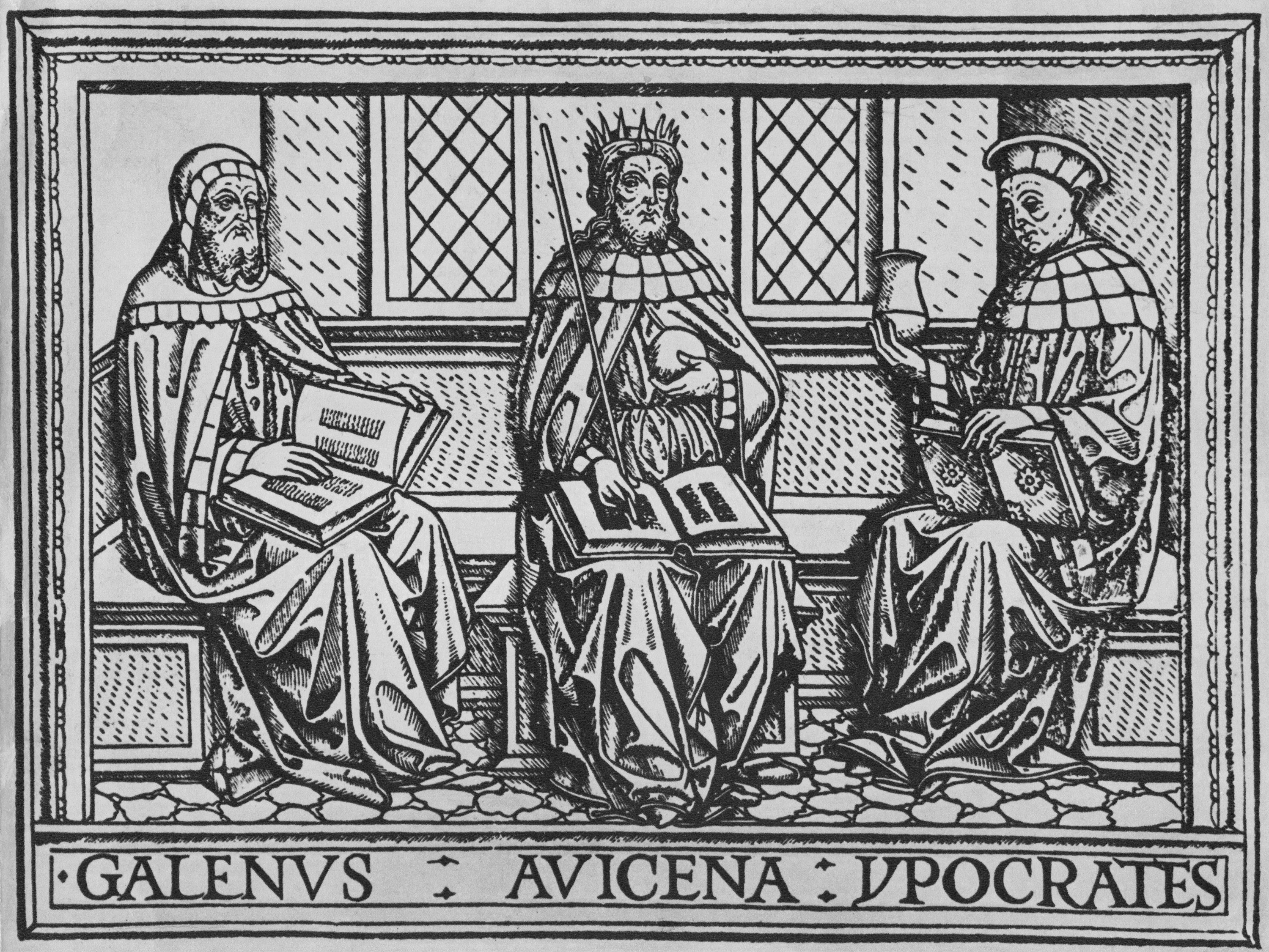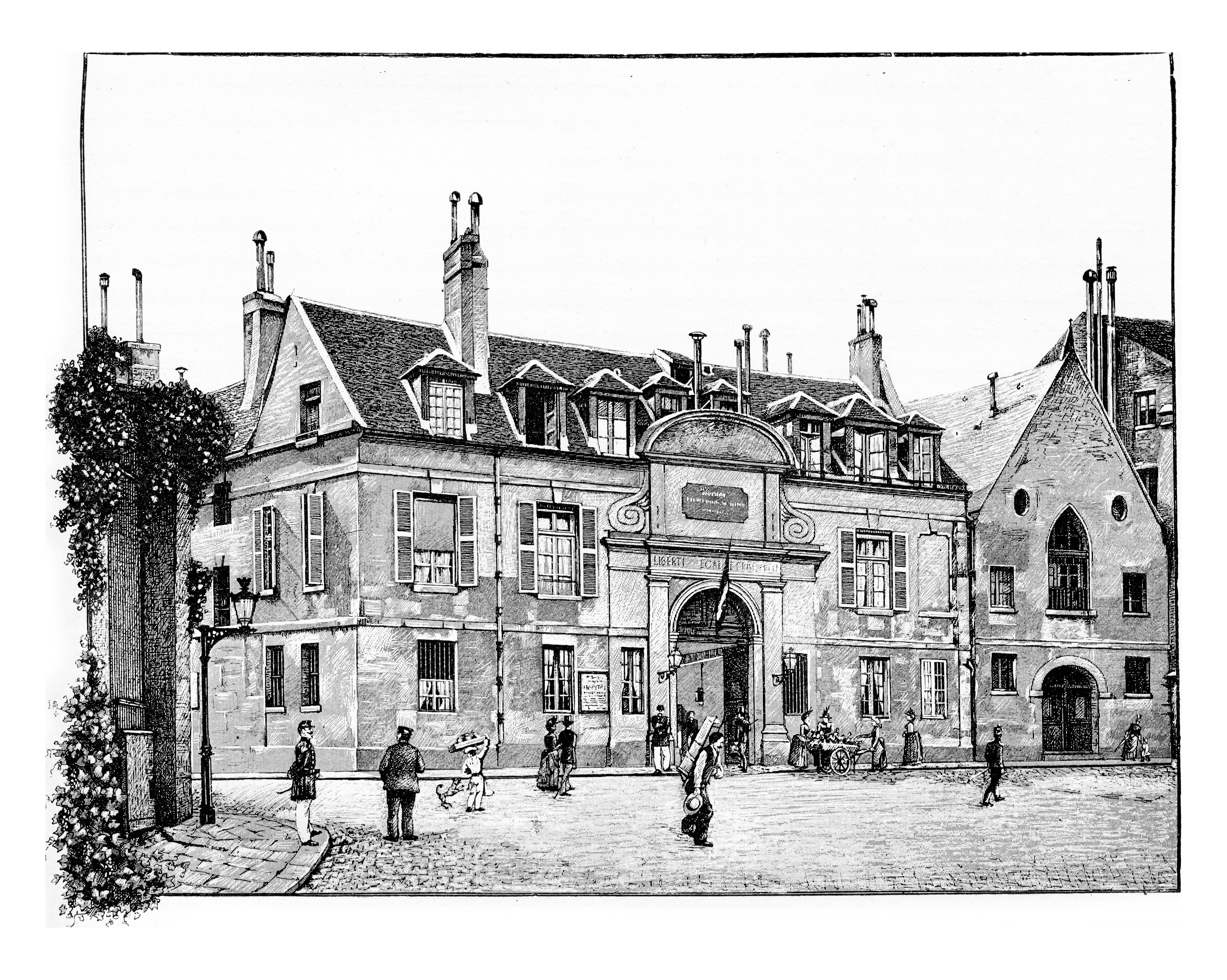Phlegm was one of these humours, and the phlegmatic person – cool and composed in ordinary times – could also become lazy and slothful. Yellow bile marked the choleric type – angry, mercurial – and this type of person could also fall over into the kinds of madness that are linked to anger, which Seneca called the short madness; that which leads to violence and is responsible for wars, as well as the kinds of domestic violence that we know all too well in these times.
Melancholy was the condition linked to black bile; melancholy being what we now term depression. It was a humour which made you despondent and was linked to too much self-reflection or reflection about the world and could topple over into illness. So, for the Greeks, it was important to maintain proportionality and a kind of equilibrium between not only these humours but also between judgement and the emotions or the passions.
The emotions were important to Aristotle in building character. But if they got out of hand, they led you astray and away from what was the ideal, which was a kind of golden mean, a balance between reason and emotions.


